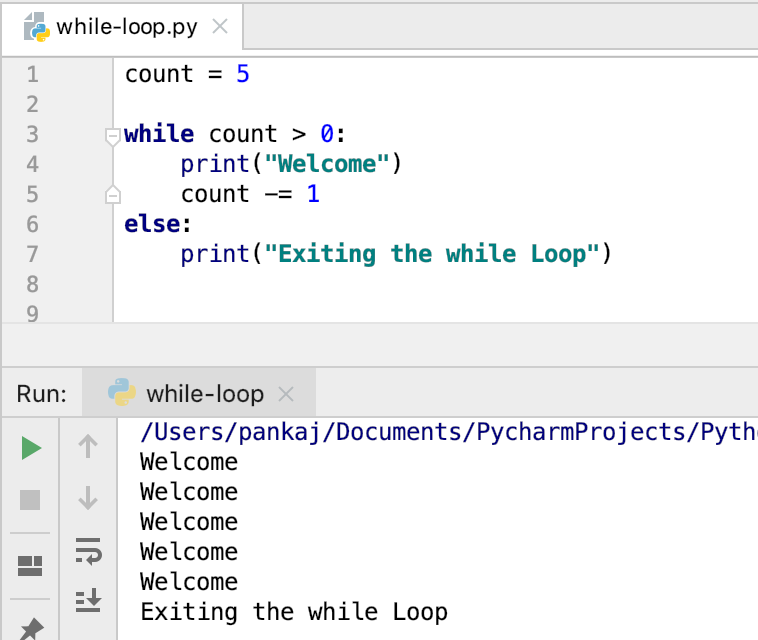

The following code example creates an empty Dictionary of strings with string keys and uses the Add method to add some elements. ICollection> IDictionary IEnumerable> IEnumerable IReadOnl圜ollection> IReadOnlyDictionary ICollection IDictionary IEnumerable IDeserializationCallback ISerializable Examples Implements ICollection(Of KeyValuePair(Of TKey, TValue)), IDeserializationCallback, IDictionary, IDictionary(Of TKey, TValue), IEnumerable(Of KeyValuePair(Of TKey, TValue)), ISerializable Type Parameters Implements ICollection(Of KeyValuePair(Of TKey, TValue)), IDeserializationCallback, IDictionary, IDictionary(Of TKey, TValue), IEnumerable(Of KeyValuePair(Of TKey, TValue)), IReadOnl圜ollection(Of KeyValuePair(Of TKey, TValue)), IReadOnlyDictionary(Of TKey, TValue), ISerializable Public Class Dictionary(Of TKey, TValue) Implements ICollection(Of KeyValuePair(Of TKey, TValue)), IDictionary, IDictionary(Of TKey, TValue), IEnumerable(Of KeyValuePair(Of TKey, TValue)), IReadOnl圜ollection(Of KeyValuePair(Of TKey, TValue)), IReadOnlyDictionary(Of TKey, TValue) Public Class Dictionary(Of TKey, TValue) Interface IReadOnl圜ollection> Public Class Dictionary(Of TKey, TValue) Interface IDeserializationCallback type Dictionary = class Interface IDictionary type Dictionary = class Public class Dictionary : >,, >, 圜ollection>,, ,, type Dictionary = class Public ref class Dictionary : System::Collections::Generic::ICollection>, System::Collections::Generic::IDictionary, System::Collections::Generic::IEnumerable>, System::Collections::IDictionary, System::Runtime::Serialization::IDeserializationCallback, System::Runtime::Serialization::ISerializable public class Dictionary : >,, >, 圜ollection>,, public class Dictionary : >,, >, 圜ollection>,, ,,

Public ref class Dictionary : System::Collections::Generic::ICollection>, System::Collections::Generic::IDictionary, System::Collections::Generic::IEnumerable>, System::Collections::Generic::IReadOnl圜ollection>, System::Collections::Generic::IReadOnlyDictionary, System::Collections::IDictionary, System::Runtime::Serialization::IDeserializationCallback, System::Runtime::Serialization::ISerializable generic Public ref class Dictionary : System::Collections::Generic::ICollection>, System::Collections::Generic::IDictionary, System::Collections::Generic::IEnumerable>, System::Collections::Generic::IReadOnl圜ollection>, System::Collections::Generic::IReadOnlyDictionary, System::Collections::IDictionary generic #RenegadePython a collection of keys and values. Here's some iterable unpacking in a loop. Right now, I'm working on an article about iterating over dictionaries, and I thought some of the concepts could be applied to other data structures as well. Is there some way we could effectively process each row of data using what we’ve learned today?Īs always, I’ll share my answer on Twitter using #RenegadePython : Each inner tuple has three data items: date, weights, and steps. In other words, we have some health data in the form of a tuple of tuples. For instance, what if we had the following data structure: health_data = (
PYTHON LOOP DICTIONARY HOW TO
Now that we know how to iterate over a dictionary, I’m wondering if we could take some of this knowledge to the next level.
PYTHON LOOP DICTIONARY FREE
Feel free to give it a try and let me know!įor reference, I tested all this code on Python 3.7.3 in IDLE using Windows 10. I wonder what this test would look like with even more data. That said, it looks like the items solution is already starting to edge out the keys solution. This time around I didn’t bother testing the values solution because, well, it’s already quite slow. Now that we have about 4 times the players, let’s check back in on our algorithms: > min(timeit.repeat(setup=setup, stmt=keys_solution)) Naturally, I couldn’t help but test this problem with a larger data set, so I expanded our players dictionary: setup = """ I would have assumed that the `items()`python solution would have won out. > min(timeit.repeat(setup=setup, stmt=items_solution))Ĭlearly, this is a bit surprising because of the extra lookup required for the keys solution. > min(timeit.repeat(setup=setup, stmt=values_solution)) > min(timeit.repeat(setup=setup, stmt=keys_solution)) Now that we have our strings, we can begin our testing: > import timeit For example, here’s a dictionary that we’ll be using throughout this article: players = \" However, once we start talking about more complicated data structures like dictionaries, iteration becomes a bit more complicated. Of course, when it comes to working with common data structures like lists and tuples in Python, looping over them is a breeze: data = In the past, we talked about writing loops generally.


 0 kommentar(er)
0 kommentar(er)
